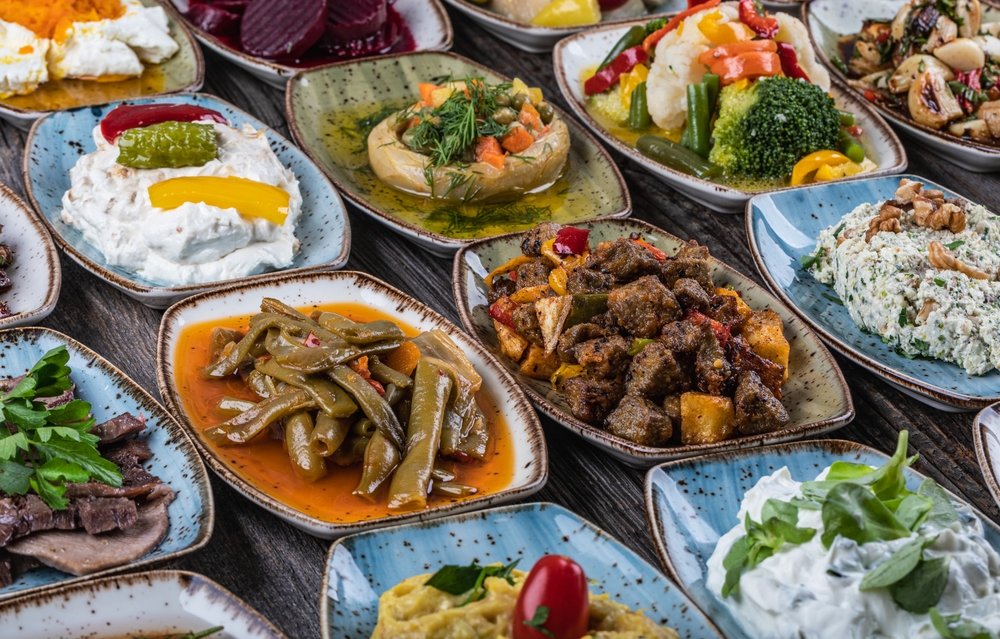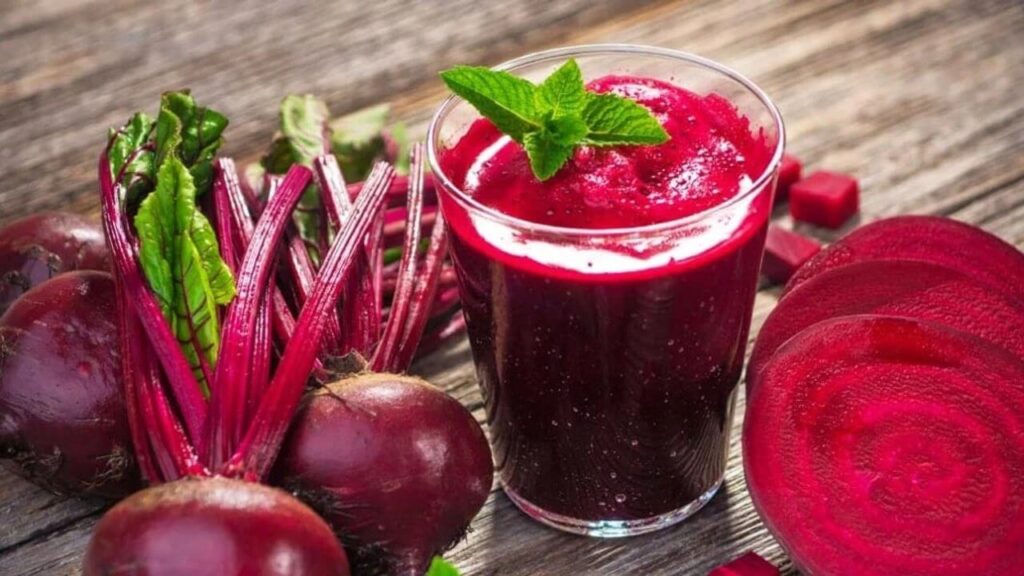Turkish recipes are a perfect blend of Middle Eastern, Mediterranean, and Central Asian flavors, offering a variety of delicious dishes that are both rich in history and taste.
Whether you’re looking to prepare a hearty stew, a savory flatbread, or a sweet pastry, Turkish recipes provide endless possibilities for home cooking.
These traditional meals are known for their use of fresh ingredients, bold spices, and slow-cooked methods that bring out deep, satisfying flavors.
In this guide, you’ll explore Turkish recipes, essential spices, classic dishes, drink pairings, and expert tips to help you bring authentic Turkish flavors to your kitchen.
Turkish Recipes: A Taste of Authentic Flavors
Cooking Turkish recipes means embracing centuries-old traditions that highlight the richness of local ingredients. Each region of Turkey has its own signature dishes, adding variety to the cuisine.
What Makes Turkish Cuisine Unique?
- Fresh Ingredients: Seasonal vegetables, high-quality meats, and olive oil play a central role.
- Balanced Flavors: A mix of sweet, savory, tangy, and spicy notes creates distinct taste profiles.
- Slow-Cooking Techniques: Many Turkish recipes require long cooking times for depth of flavor.
- Ottoman Heritage: The cuisine blends influences from Middle Eastern and Mediterranean cultures.
By understanding these elements, you can appreciate the complexity and authenticity of Turkish recipes.
The Role of Spices in Traditional Turkish Cooking
Spices are the foundation of Turkish recipes, adding depth and character to every dish. The right combination of seasonings can transform simple ingredients into extraordinary meals.
Essential Spices in Turkish Cooking:
- Sumac: A tangy spice often sprinkled over grilled meats and salads.
- Cumin: Adds warmth and earthiness to meat-based dishes.
- Paprika: A key ingredient in kebabs and stews, providing color and mild heat.
- Mint: Commonly used in soups, dips, and cold appetizers.
- Cinnamon: Found in both desserts and savory rice dishes.
Mastering the use of these spices will enhance the authenticity of your Turkish recipes.
Classic Turkish Recipes You Can Easily Make at Home
If you’re eager to bring the taste of Turkey to your kitchen, start with these traditional and easy-to-make dishes.
1. Turkish Lentil Soup (Mercimek Çorbası)
- Ingredients: Red lentils, onion, carrot, butter, and spices.
- Preparation:
- Sauté onions and carrots in butter.
- Add lentils, water, and seasonings.
- Simmer until soft, then blend for a smooth consistency.
2. Stuffed Peppers (Biber Dolması)
- Ingredients: Green peppers, rice, ground beef, tomatoes, onions, and seasonings.
- Preparation:
- Mix rice, minced meat, and spices. Stuff the mixture into peppers.
- Cook in a pot with tomato sauce until fully tender.
3. Turkish Flatbread (Pide)
- Ingredients: Flour, yeast, yogurt, olive oil, and toppings such as cheese or meat.
- Preparation:
- Prepare and knead the dough, then let it rise.
- Shape, add toppings, and bake until golden brown.
4. Classic Baklava
- Ingredients: Phyllo dough, pistachios, butter, and honey syrup.
- Preparation:
- Layer thin sheets of dough with butter and nuts.
- Bake until golden, then soak with honey syrup.
These Turkish recipes bring authentic flavors to your table and are simple enough for home cooks to master.
How to Pair Turkish Dishes with the Perfect Drinks
Pairing the right drink with Turkish recipes enhances the overall meal experience. Here are some traditional beverages that complement different dishes.
Best Drinks for Turkish Cuisine:
- Ayran: A refreshing yogurt-based drink that pairs well with grilled meats.
- Turkish Tea (Çay): A black tea commonly served with snacks and desserts.
- Turkish Coffee: Best enjoyed with sweets like baklava.
- Şalgam Suyu: A tangy fermented turnip juice that complements spicy dishes.
Choosing the right beverage will elevate the experience of enjoying Turkish recipes at home.
Tips for Mastering the Art of Turkish Cooking
Perfecting Turkish recipes requires patience, the right ingredients, and an understanding of traditional techniques.
1. Use Fresh and High-Quality Ingredients
Turkish cuisine relies heavily on fresh vegetables, meats, and herbs to bring out the best flavors.
2. Cook with Patience
Many Turkish recipes involve slow cooking methods to develop deep, rich flavors.
3. Balance Flavors with Spices
Turkish cuisine often blends sweet and savory notes—don’t hesitate to experiment.
4. Keep It Simple
The best dishes use minimal ingredients but maximize flavor through proper technique.
5. Master Dough Preparation
Many Turkish recipes involve flatbreads, pastries, and layered dough-based dishes. Learning to work with dough is essential.
By following these steps, you can confidently cook Turkish recipes that taste authentic and delicious.
See you in the next post,
Anil UZUN


